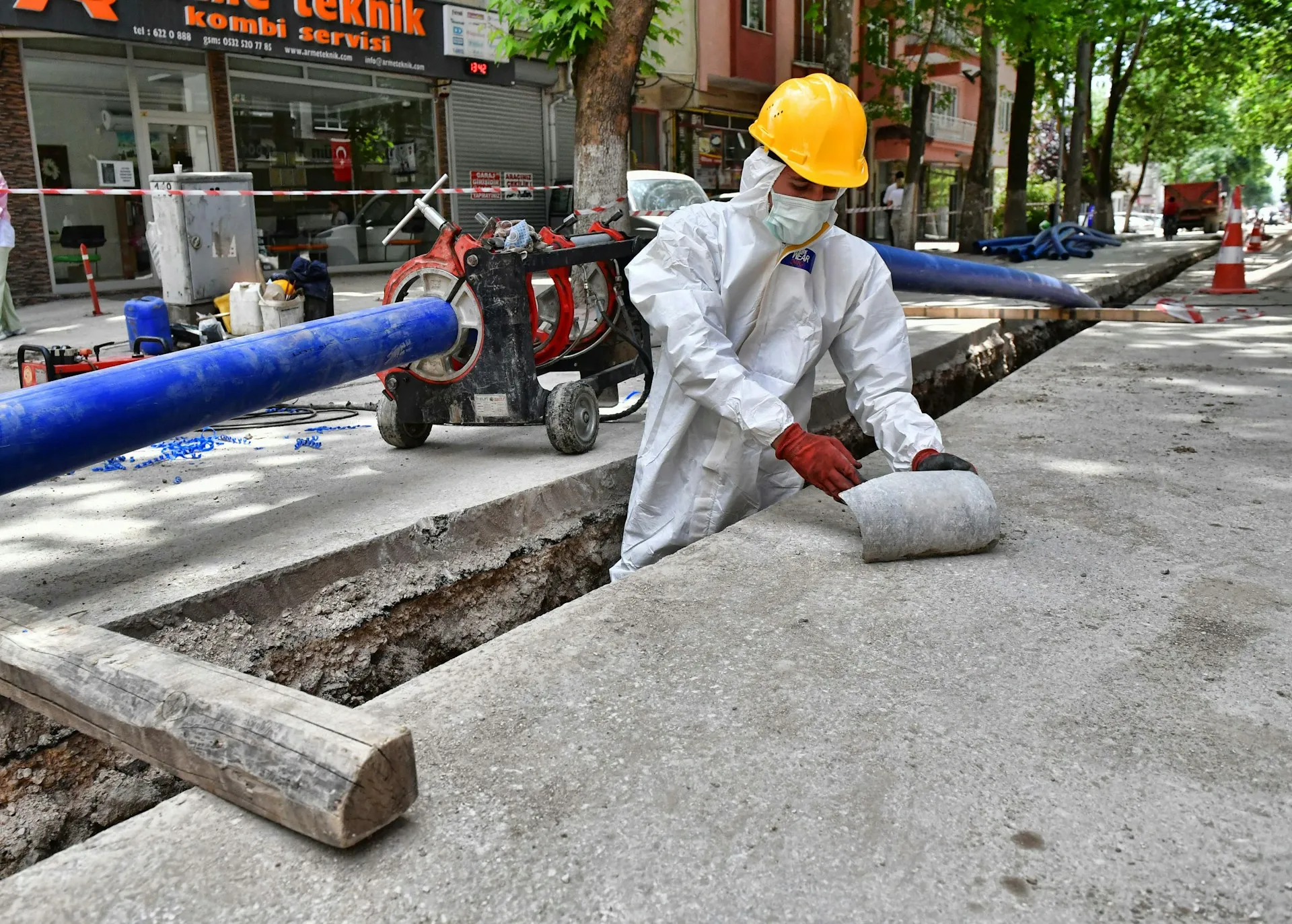Asbestos, once hailed as a miracle material for its versatility and durability, has now become synonymous with danger and health risks. Despite its ban in many countries, including the United States, its legacy lives on, haunting communities with its toxic presence.
While asbestos exposure can occur in various settings, certain sources stand out as the primary culprits of contamination in the US.
What is Asbestos and Legal Recourse for Exposure
Asbestos is a collection of naturally forming minerals characterized by thin, needle-like fibers renowned for their robustness and resistance to heat. Its adaptability made it a common ingredient in roofing materials, floor tiles, cement, textiles, and automotive parts.
Asbestos was incorporated into various construction materials like insulation, roofing shingles, and cement pipes. Additionally, it was utilized in consumer goods such as hair dryers, toasters, and even cigarette filters due to its desirable properties.
However, the widespread use of asbestos led to severe health consequences. The fibers could easily become airborne when these products are disturbed, posing a significant risk of inhalation and subsequent lung diseases.
According to the BBC, over 50 countries have banned this carcinogen. It’s linked to about 40,000 deaths annually in the US from lung cancer, mesothelioma, and other cancers.
If you suspect you’ve been exposed to asbestos, seeking medical attention is paramount. Early detection and intervention can significantly improve outcomes for asbestos-related diseases. Inform your healthcare provider about any known or potential exposure to asbestos, and undergo appropriate screenings and tests to assess your lung health.
From a legal perspective, the question- “Can I sue for asbestos exposure?” often arises among individuals who have suffered the consequences of asbestos exposure.
Whether through employment, home renovations, or secondary contact, victims can explore legal avenues to seek compensation for damages from asbestos exposure.
Legal recourse after asbestos exposure often entails filing lawsuits against negligent parties. These may include manufacturers of asbestos-containing items, employers who didn’t ensure proper protection, or property owners who disregarded asbestos risks.
TorHoerman Law notes that experienced attorneys specializing in asbestos litigation offer invaluable guidance. They help victims navigate the complexities of the legal process and pursue rightful compensation for various damages.
Now, let’s explore the three biggest sources of asbestos contamination, shedding light on the ongoing battle against this silent killer.
Old Buildings and Insulation Materials
The extensive use of asbestos in construction materials during the mid-20th century has left a toxic legacy in countless buildings across the US. From residential homes to commercial structures, asbestos-containing materials (ACMs) were widely utilized for insulation, roofing, flooring, and fireproofing purposes.
According to a report by Education Week, the average age of school buildings in the United States is almost fifty years. As these structures age and undergo wear and tear, asbestos fibers can become friable, releasing microscopic particles into the air.
The Environmental Protection Agency (EPA) estimated that about 15 million students and 1.4 million teachers and staff were at risk of exposure. This estimation was based on a study involving 2,600 public school districts and private schools. As per Asbestos Nation, the study found that nearly 35,000 schools were potentially affected by hazardous airborne asbestos fibers.
Shockingly, this survey, conducted in January 1984, appears to be the last federal assessment of asbestos risks in American schools. The absence of follow-up assessments raises concerns about the current state of asbestos exposure in these aging buildings. This highlights a pressing need for updated evaluations and proactive measures to ensure the safety of students and staff.
Industrial Facilities and Occupational Exposure
Industrial settings have long been associated with high levels of asbestos exposure due to the material’s widespread use in manufacturing and heavy industries. Workers in factories, shipyards, refineries, and power plants faced direct contact with asbestos-containing products, such as insulation, gaskets, brake linings, and pipes.
According to The National Library of Medicine, asbestos consumption peaked in the US in 1973, reaching approximately 800,000 tons. However, by 2022, consumption had significantly declined to just 290 tons.
Despite regulations aimed at protecting workers, occupational exposure to asbestos remains a concern, particularly in older facilities where asbestos-containing materials may still be present. Additionally, secondary exposure occurs when workers inadvertently carry asbestos fibers home on their clothing, potentially putting family members at risk.
Natural Occurrences and Environmental Contamination
While human activities have contributed significantly to asbestos contamination, natural deposits of asbestos minerals also exist in certain regions of the US. Asbestos occurs naturally in the environment through geological processes, primarily in areas with serpentine rock formations.
In states like California, Montana, and Wyoming, asbestos deposits pose a risk of environmental contamination, especially when disturbed by construction or mining activities. Erosion of asbestos-rich soil can release fibers into the air or water, potentially exposing nearby communities to health risks. Get more information
FAQs
What is asbestos?
Asbestos, a set of naturally found minerals, was widely employed across industries for its durability and resistance to heat, owing to its natural properties.
Why is asbestos dangerous?
When asbestos-containing materials undergo disturbance or damage, they emit minuscule fibers into the air. Inhalation of these fibers can lead to serious health conditions, including lung cancer, mesothelioma, and asbestosis.
Can I sue for asbestos exposure?
If you’ve experienced asbestos exposure leading to health problems, you might have legal grounds to pursue a lawsuit against the accountable entities.
Final Thought
Asbestos contamination poses a persistent threat to public health in the US. Old buildings, industrial facilities, and natural occurrences are the primary sources of exposure.
Despite significant progress in regulatory measures and mitigation efforts, the legacy of asbestos continues to pose challenges for communities nationwide.
Continued vigilance and proactive management strategies are crucial in the ongoing fight against this hidden danger. Raising public awareness is equally vital to safeguarding the environment for both current and future generations.






